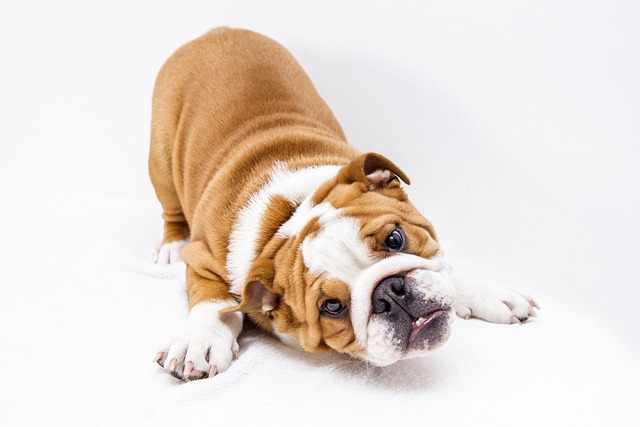
Can dental disease cause kidney failure in dogs?
Most dog owners notice when their pup’s breath turns especially stinky, but few realize that bad breath can signal more than just a need for a chew toy.
Cooling vests can be fantastic tools for preventing heatstroke, but like any specialized gear, they do carry potential side effects when used improperly. While generally safe for most dogs, these vests require thoughtful usage to avoid unintended consequences that could compromise your dog's comfort or safety during warm-weather activities.
The science behind cooling vests reveals two primary concerns: thermal regulation interference and physical discomfort. Most vests work through evaporation (soaking with water before use) or phase-change materials (gel packs that require freezing). If left on too long after the cooling effect diminishes, some vests can actually trap heat against the body—creating a sauna-like effect that defeats their purpose. Additionally, poorly fitted vests may restrict shoulder movement or cause chafing, particularly under the front legs where friction occurs during movement. For dogs with thick coats, the sudden temperature change can sometimes cause muscle stiffness, much like humans experiencing cold drafts after sweating.
To minimize potential side effects, follow these practical steps. First, always measure your dog's girth and chest following the manufacturer's sizing chart—never guess sizes. Introduce the vest gradually at home before using it on adventures, starting with just 15-20 minutes while monitoring for scratching or discomfort. For evaporative vests, avoid oversaturating—the fabric should be damp but not dripping. Remove the vest immediately once the cooling effect diminishes (typically 1-2 hours depending on conditions) and never allow your dog to sleep in a cooling vest. Always have a dry towel handy to wipe your dog down after removing the vest, and provide access to fresh water throughout use. Particularly watch for signs of overcooling: shivering, whining, or attempting to remove the vest themselves.

This careful approach aligns with broader animal welfare considerations. In the U.S., while there are no specific laws governing cooling vest usage, general animal cruelty statutes require providing appropriate protection from weather extremes—which includes preventing both overheating and unnecessary discomfort. Ensure your dog's rabies vaccination is current, as outdoor adventures might bring encounters with wildlife; this is legally required nationwide. When using cooling vests in public spaces, remember that the vest doesn't replace leash laws—most communities require dogs to be leashed regardless of gear. Always carry waste bags and clean up immediately; this remains your responsibility whether your dog is wearing special gear or not.
Finally, consider how cooling vests fit into your overall community presence. In apartment buildings, be mindful that wet vests might drip in common areas—use absorbent mats near elevators. At dog parks, some dogs might react curiously or nervously to vest-wearing companions—be prepared to calmly explain the gear to other owners. Never use the vest as punishment or force your dog to wear it if they show significant distress; instead, use positive reinforcement with high-value treats to create positive associations. By using cooling vests thoughtfully and monitoring for side effects, you're not just preventing heatstroke—you're demonstrating responsible ownership that balances innovation with respect for your dog's comfort and wellbeing.

Most dog owners notice when their pup’s breath turns especially stinky, but few realize that bad breath can signal more than just a need for a chew toy.

I’ll start with a relatable scenario of two owners seeing different results with cooling vests for their pups, explain why effectiveness varies by breed, health, and vest type

Cooling vests can be fantastic tools for preventing heatstroke, but like any specialized gear, they do carry potential side effects when used improperly.

I’ll open with a tense scenario of a new owner realizing their pup ate a harmful fruit, explain why certain fruits are unsafe

Dogs can’t tell you when their eyes hurt, so spotting the difference between an eye infection and allergies often comes down to watching small, daily cues.

Dogs are curious by nature—they’ll sniff, lick, or even nibble at things that catch their eye, which can lead to accidental poisoning. Common culprits in many homes include chocolate, grapes, and certain houseplants like lilies.